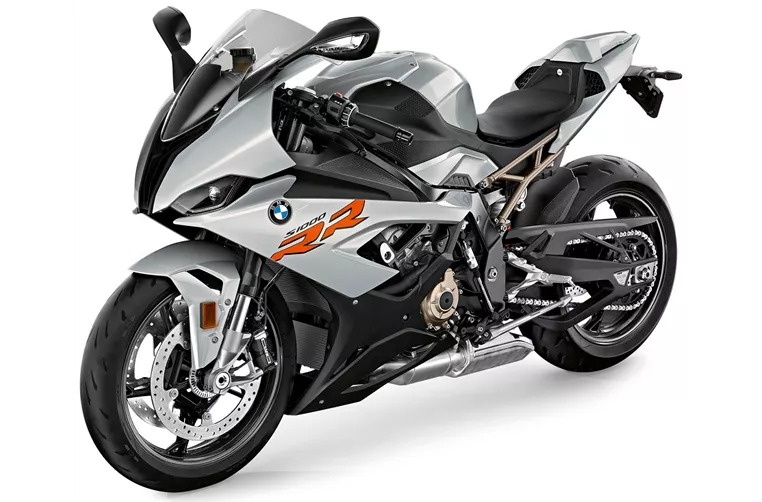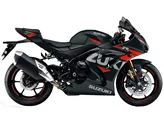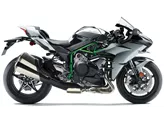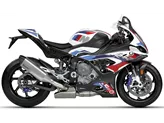BMW S 1000 RR 2020 vs. Suzuki GSX-R 1000 2010
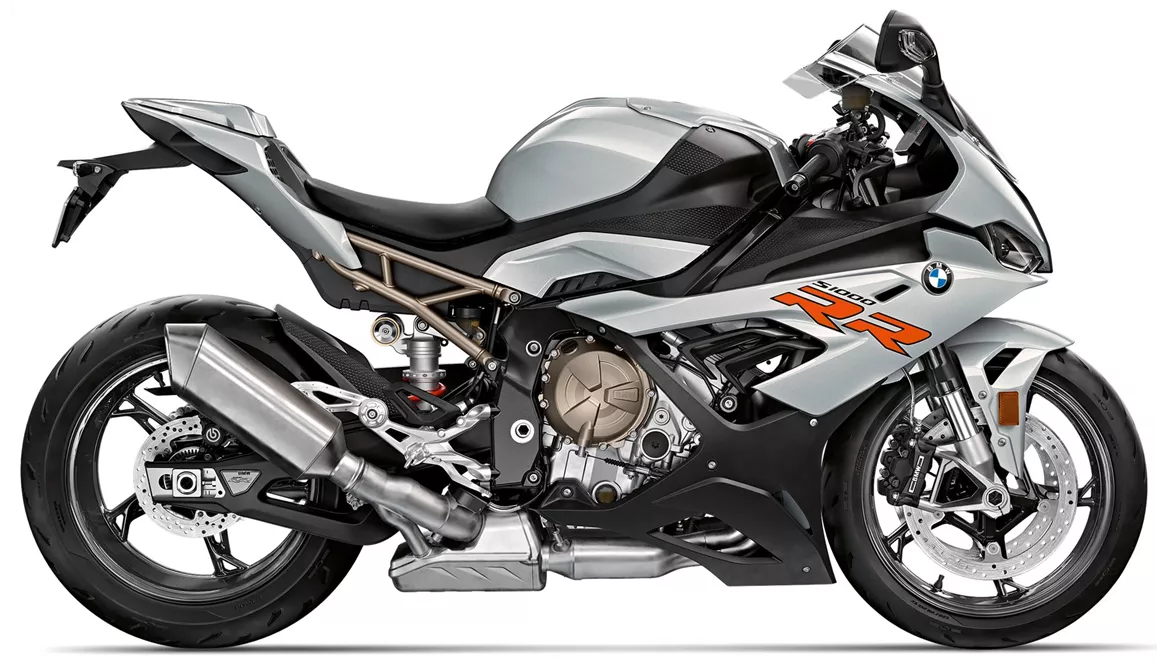
BMW S 1000 RR 2020

Suzuki GSX-R 1000 2010
Overview - BMW S 1000 RR 2020 vs Suzuki GSX-R 1000 2010
The BMW S 1000 RR 2020 and the Suzuki GSX-R 1000 2010 are both supersport motorcycles with similar engine types, displacements, and configurations. However, there are notable differences in their technical specifications and overall performance.
Starting with the engine, the BMW S 1000 RR 2020 features an in-line 4-cylinder engine with a bore of 80 mm and a stroke of 49.7 mm. It delivers an impressive engine power of 207 HP and a torque of 113 Nm. The compression ratio is 13.3, indicating a high-performance engine. On the other hand, the Suzuki GSX-R 1000 2010 also has an in-line 4-cylinder engine but with a smaller bore of 74.5 mm and a longer stroke of 57.3 mm. It produces a slightly lower engine power of 185 HP and a torque of 116.7 Nm. The compression ratio is 12.8, which is slightly lower than the BMW.

BMW S 1000 RR 2020
In terms of suspension, both motorcycles offer adjustable compression, preload, and rebound settings for both the front and rear suspension. This allows riders to fine-tune the suspension to their preferences and riding conditions. The chassis of both bikes is made of aluminum, providing a lightweight yet rigid structure. However, the BMW S 1000 RR 2020 has a twin-tube, load-bearing engine frame, while the Suzuki GSX-R 1000 2010 features a twin-spar frame. The choice of frame design can impact the overall handling and stability of the motorcycle.
When it comes to braking, both motorcycles are equipped with double disk brakes at the front, utilizing radial technology. This ensures efficient and reliable stopping power. The dimensions and weights of the front and rear tires are the same for both bikes, with a width of 120 mm and a diameter of 17 inches. The wheelbase of the BMW S 1000 RR 2020 is slightly longer at 1441 mm compared to the 1405 mm of the Suzuki GSX-R 1000 2010. The seat height of the BMW is also slightly higher at 824 mm compared to the 810 mm of the Suzuki. Additionally, the BMW has a fuel tank capacity of 16.5 liters, while the Suzuki has a slightly larger capacity of 17.5 liters.
In terms of strengths, the BMW S 1000 RR 2020 offers a very linear power delivery, making it highly controllable. It has a wide rev range and pleasant control, with plenty of pressure in the lower rev range thanks to ShiftCam technology. The bike also boasts excellent DDC (Dynamic Damping Control) precision and top performance. Its electronics package is also highly regarded, and it offers a harmonious overall package for both road and track use. On the other hand, the Suzuki GSX-R 1000 2010 is praised for its strong engine, convincing stability, efficient wind protection, and appropriate performance.

Suzuki GSX-R 1000 2010
As for weaknesses, the BMW S 1000 RR 2020 is sometimes criticized for feeling a bit "characterless" compared to other bikes in its class, such as the Aprilia and Honda. It also lags behind on the spec sheet when compared directly to some competitors. The Suzuki GSX-R 1000 2010, on the other hand, has been noted to have a poor suspension strut, a chassis that is too softly tuned, slight inertia, and a gearbox that could be better.
In conclusion, the BMW S 1000 RR 2020 and the Suzuki GSX-R 1000 2010 are both powerful supersport motorcycles with their own strengths and weaknesses. The BMW offers impressive performance, precise handling, and advanced electronics, while the Suzuki delivers strong engine performance and stability. Ultimately, the choice between the two will depend on the rider's preferences and priorities.
Technical Specifications BMW S 1000 RR 2020 compared to Suzuki GSX-R 1000 2010
Pros and Cons in comparison
Pros and Cons in comparison
BMW S 1000 RR 2020
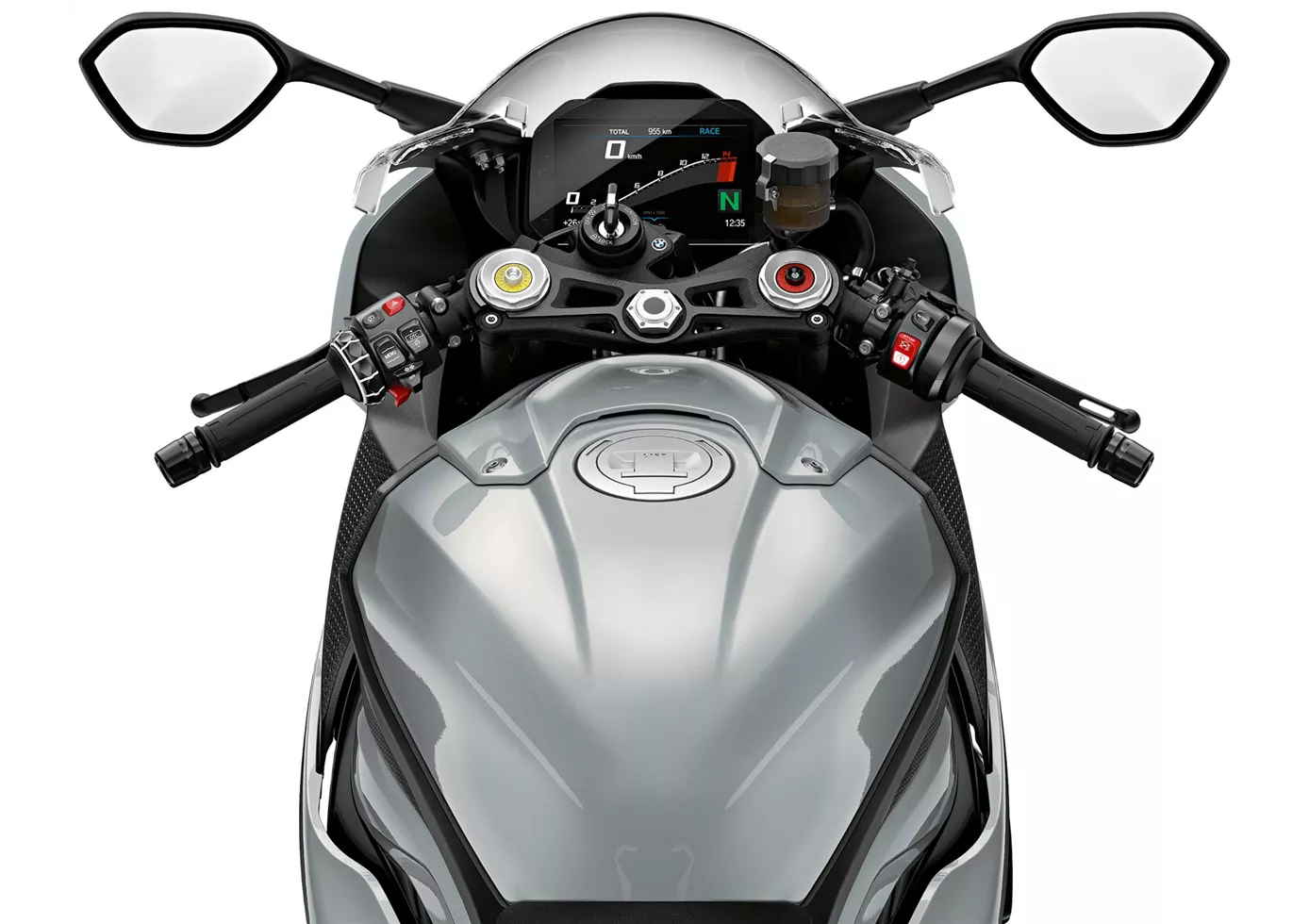
A real "all-rounder" superbike. The BMW knows how to play to its strengths both on the race track and on the country road. Thanks to variable camshaft control, the powerful engine is already convincing at the bottom end and accelerates harmoniously across the entire rev range, with plenty of power in every range. For the hobby pilot, the chassis certainly functions excellently in every situation, provides transparent feedback and offers many adjustment options. The seating position is sporty yet relatively comfortable. The electronics work very harmoniously without patronising the rider - TOP!
Suzuki GSX-R 1000 2010

The engine is a delight to every test pilot with its wonderfully linear power delivery. This characteristic is marred in the hunt for seconds by a too softly tuned chassis.
Price Comparison Avarage Market Price BMW S 1000 RR vs Suzuki GSX-R 1000
There are a few key differences between a BMW S 1000 RR 2020 and a Suzuki GSX-R 1000 2010. There are the same number of bikes of both models available on the 1000PS.de marketplace, specifically 16. It takes less time to sell a BMW S 1000 RR with 68 days compared to 69 days for a Suzuki GSX-R 1000. Since model year 2010 1000PS.de editors have written 135 reviews for the BMW S 1000 RR and 71 reviews for the Suzuki GSX-R 1000 since model year 2005. The first review for the BMW S 1000 RR was published on 4/16/2008 and now has more than 4,000 views. This compares to more than 7,100 views for the first review on Suzuki GSX-R 1000 published on 3/3/2004.
